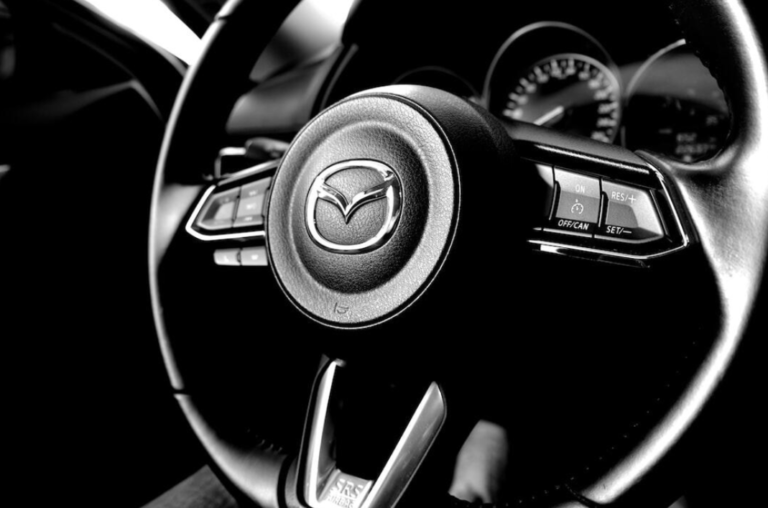Revolutionizing Event Planning with Dynamic 3D Diagramming
Table of Contents
- Introduction to 3D Diagramming
- Benefits of Using Dynamic 3D Diagramming
- Real-Life Applications in Event Planning
- Technical Requirements and Tools
- Step-by-Step Guide to Creating a 3D Event Diagram
- Common Challenges and Solutions
- Future Trends in Event Design
- Expert Tips for Successful Event Planning
Dynamic 3D diagramming transforms event planning by providing detailed visualizations, improving collaboration, and streamlining setup. This innovative approach allows planners to optimize space, enhance communication, and create more engaging experiences, ensuring precision and efficiency in event execution.
Introduction to 3D Diagramming
3D diagramming is revolutionizing the way we plan events. Instead of flat, static floor plans, event planners can now use dynamic event diagramming software to create immersive and interactive layouts. With these tools, every detail, from furniture placement to lighting, can be visualized in a realistic, engaging manner. According to the Event Manager Blog, 3D diagramming software enhances communication and reduces the risk of errors.
The transformation brought about by these tools allows planners to better communicate their vision to clients and stakeholders. You no longer need to imagine how a space may look; you can visualize it in 3D, making the planning process more efficient and enjoyable. This technological advancement is becoming essential to the modern event planner’s toolkit. Using 3D diagrams enables event planners to preemptively resolve potential issues that may otherwise go unnoticed until the day of the event.
Benefits of Using Dynamic 3D Diagramming
- Improved Visualization: View your event arrangement in three dimensions, which can help you identify any problems and make changes more quickly. Clients appreciate being able to visualize the plan, which increases their confidence in your abilities.
- Increased Collaboration: Share real-time diagrams with clients and team members for seamless collaboration. Different stakeholders can provide input and feedback, which is crucial for ensuring every aspect of the event meets expectations.
- Enhanced Efficiency: Speed up the planning process and reduce time spent on revisions. 3D diagramming tools allow you to make quick modifications and instantly see the effect of those changes.
- Accurate Space Planning: Ensure every element fits perfectly within the event space. This accuracy helps prevent overcrowding and ensures optimal use of available space to create an enjoyable experience for attendees.
Real-Life Applications in Event Planning
Dynamic 3D diagramming can be applied to various event types, including corporate conferences, weddings, trade shows, and more. For instance, a wedding planner can create a detailed layout showcasing the seating arrangement, dance floor, and decoration elements. Planners can also integrate attendee flow analysis, as discussed in this article by Cvent, to ensure guests move smoothly through the space.
Additionally, visualizing speaker stages, booths, and seating arrangements in 3D for corporate conferences helps ensure every detail is noticed. This technology allows for predicting and preventing potential bottlenecks, guaranteeing a smoother event experience for all attendees. Trade show organizers benefit from 3D diagramming by being able to strategically place booths to optimize foot traffic and visibility for exhibitors.
Technical Requirements and Tools
Most dynamic 3D diagramming tools require a computer with a modern graphics card, internet access for cloud-based applications, and compatible software. Some popular tools include CAD programs and specialized event planning software. You confirm that your chosen tool meets your computer’s specifications and that your event’s needs are essential.
Moreover, specific tools can now integrate with other event management systems, allowing greater flexibility and efficiency. Knowing the technical requirements beforehand ensures that event planners can seamlessly incorporate these powerful tools into their workflow. Investing in the proper hardware and software setup from the beginning saves time and reduces headaches.
Step-by-Step Guide to Creating a 3D Event Diagram
- Step 1: Gather essential information about the event space, including measurements and any fixed structures. This foundational data is crucial for accurate diagramming.
- Step 2: Choose a 3D diagramming tool that meets your requirements—research various tools to find the one that best suits your needs and budget.
- Step 3: Create a preliminary layout based on the event specifications. Begin with a simple floor layout and add embellishments as you go.
- Step 4: Add detailed elements such as furniture, decor, and technical setups. This level of detail helps to visualize the event comprehensively.
- Step 5: Review the diagram with stakeholders and make necessary adjustments. This collaborative step ensures everyone is aligned with the event’s vision.
- Step 6: Finalize and share the diagram with all relevant parties. Ensure every team member and client can access the final version for reference.
Common Challenges and Solutions
Although 3D diagramming has numerous advantages, it has drawbacks, such as a high learning curve and the requirement for accurate data entry. One effective solution is training and attending workshops on your chosen software. Additionally, always double-check measurements and utilize software features like auto-correct to minimize errors.
Furthermore, updating the latest software versions and tools can mitigate these challenges. Regular practice and exploring the software’s capabilities also lead to more effective and creative event designs. Participating in a user community also helps you get fresh ideas and assistance, which will gradually improve your skill set.
Future Trends in Event Design
Thanks to advancements in augmented reality (AR) and virtual reality (VR), the future of event design looks promising with increasingly immersive planning experiences. Expect increased AI integration for predictive analytics and automated adjustments, making planning more intuitive and efficient.
With the integration of VR and AR, planners can soon offer clients a virtual walkthrough of their event before it even happens. This can enhance client satisfaction and reduce last-minute changes and surprises. These technologies can transform how events are planned and experienced thoroughly.
Expert Tips for Successful Event Planning
Always involve clients early in planning to ensure their vision aligns with the 3D diagrams. Early involvement helps identify potential issues or changes that need to be made.
Update your program frequently to benefit from enhancements and new features. Keeping your tools up-to-date ensures you are working with the best possible resources.
Practice using the tools extensively to become proficient and confident in creating accurate diagrams. The more comfortable you are with the software, your designs will be better.
Conduct virtual walk-throughs to consider attendees’ perspectives and spot potential issues. This step ensures that the event will be a smooth and enjoyable experience for all attendees.
Keep an eye for more news & updates on GlamourUer.Com!






